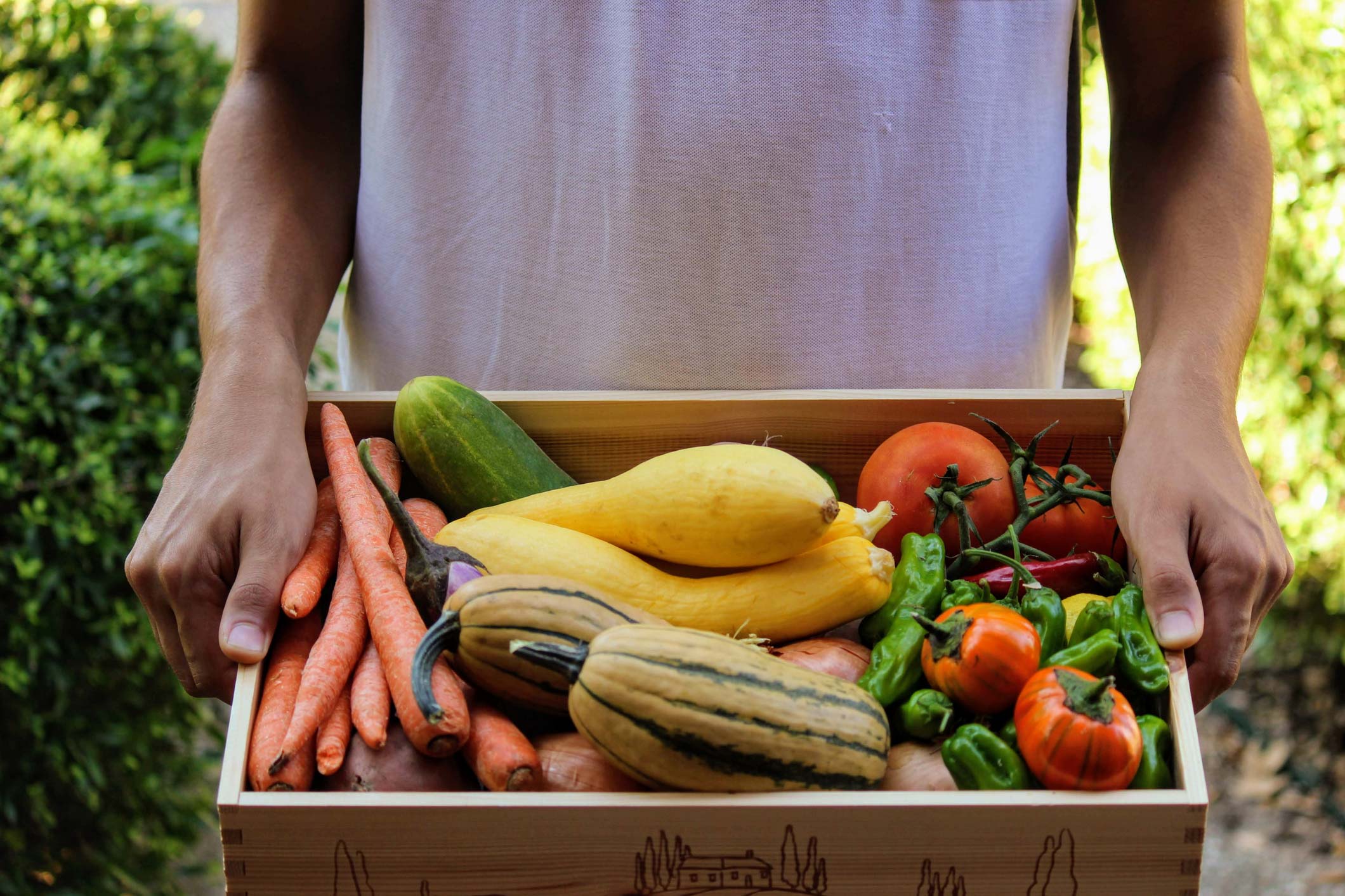Mountains of potatoes rotting in fields because there weren’t enough truckers to bring them to market. Millions of pounds of ripe tomatoes sagging on wilted vines for the same reason. Meanwhile, some supermarket shelves went empty. When the pandemic hit, it disrupted our food supply. But more seriously, it showed us how fragile and flawed our food supply chains are. Many consumers now understand that buying local isn’t just a nice idea or a virtuous gesture — it could be crucial to our ability to feed ourselves in a world that’s becoming less economically and geo-politically stable by the day. And one of the main tools that can help you eat well in unstable times is the humble CSA.
CSA stands for “community-supported agriculture.” It’s a model of farming, distribution, and marketing that began in Japan in the 1960s. The women who pioneered the model were looking for alternatives to the pesticide-heavy, industrial-scale agriculture that had replaced small, local farms and farming families. Swiss farmers and consumers created proto-CSAs in the 1970s, inspired by the similar developments in Chile and France. The first CSAs in the Americas started in New England in the mid-1980s.
Since then, many farms and communities have tailored the model to their own needs. CSAs can operate on very different scales, with some serving just a dozen families and others providing food for more than a thousand households. In France alone in 2016, an estimated 400,000 people enjoyed food from CSA farms. And while current statistics are hard to come by, in 2015, there were reportedly more than 7,000 recognized CSAs in the United States.
CSAs and Produce Boxes During the Coronavirus Pandemic
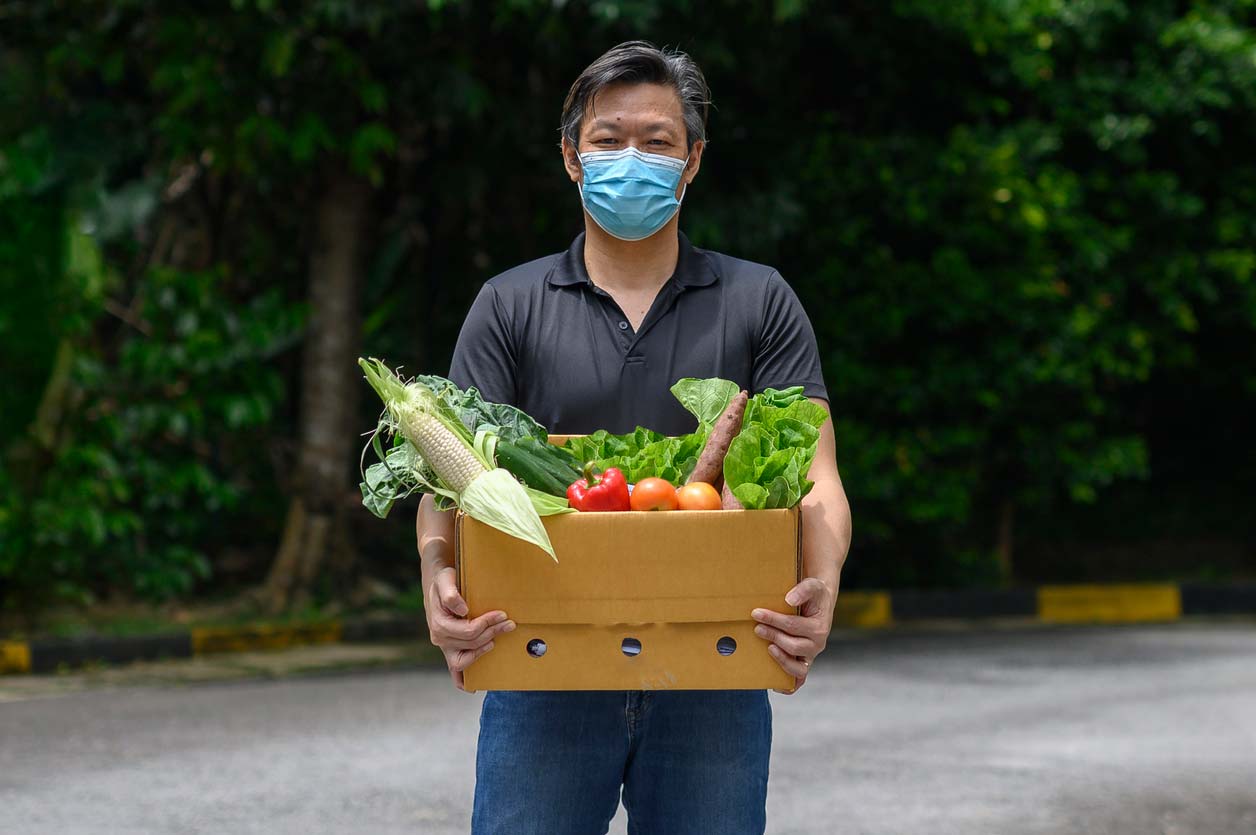
Community-supported agriculture has become more popular than ever during the COVID-19 pandemic, for several reasons.
First, a CSA eliminates the most vulnerable parts of the supply chain: processing, interstate shipping, storage, distribution, and retail in a confined space. No local farmer is destroying their crops when their customers can meet them in the farm parking area or at a road-side stand or open-air market. Selling direct to consumers means farms don’t have to rely on packaging, refrigeration, and processing facilities that may have closed due to lockdowns. And since fewer people are touching the food (the picker, the packer, and the seller are often the same person on a small farm), you don’t have to worry nearly as much about how well all the people touching your food might have washed their hands.
Sounds great, right? Lots of people think so, too. Interest in joining a CSA has skyrocketed since March 2020, as evidenced both by Google Trends graphs, and reports of CSAs doubling and tripling their member base since the start of the year. Thanks to various online-based food delivery business models, CSAs are back after years of flat or even declining interest. And if you want to join one, now’s a great time to do so.
What is a CSA?

At its core, a CSA is a way for consumers to buy local, seasonally fresh food directly from a farmer. Of course, people have been getting produce from local farmers for as long as there have been farms. The main innovation of the CSA is the way it distributes risk and reward among the entire community, including the farmer.
Here’s how it generally works. A farm offers a certain number of “shares” to the public. Interested consumers purchase a share (aka a “membership” or a “subscription”), often well before the growing season. In return, members receive a CSA box (or bag or basket) of seasonal produce each week throughout that particular farming season, which they may or may not be able to customize. Some CSAs offer different box sizes to accommodate varying family sizes or individual needs. While the box contains the harvest produce from that week, some CSA boxes also include the option to add other artisanal foods like bread, honey, cut flowers, soap, herbs, and in some cases, cheese or other animal products.
The customer then picks up their box at a given time and place, either directly from the farm or at community locations. And some CSAs deliver straight to the customer’s door for a no-contact option.
Types of CSAs
CSAs continue to evolve and experiment. And if you live near small-scale farms, you may have several different types to choose from.

Traditional CSA
The old-school CSA, which began in the US in the 1980s, is the simplest. Members fund the farm by paying their subscription fee in advance. And then they share equally in the harvest every week. CSA members drive to the farm at a set time to pick up their box. When the farm has a good year, the members become inundated in produce. The boxes vary depending on how the crops are doing. Bumper crop of zucchini? A whole lot of families start Googling zucchini bread recipes on Tuesday night. Basil coming in fast? Hello, frozen pesto!
When the growing season is poor, due to weather or pests or some other factor, the members receive a lean return. It’s this aspect — the risk-sharing — that truly defines the CSA. This means that one bad year will not bankrupt a local farmer, forcing them either to mortgage their future to a large industrial conglomerate or to sell outright and find another line of work. In essence, the community is protecting its small farms by guaranteeing farmers “living wage insurance.”
For many farms using this model, the CSA is their only sales and marketing channel. Whatever they grow, they provide to their members. Others may also sell through farmers markets or other channels.
Multi-Farm CSA
Multi-farm CSAs take risk- and benefit-sharing to the next level by creating a cooperative or other business arrangement in which a group of farmers get together to market, plan, harvest for, pack, and distribute a CSA box. This is great for small farmers who prefer to concentrate on growing a smaller number of crops really well instead of worrying about growing 50 different types of fruits and vegetables to satisfy the entire market. Consumers benefit as well, by getting a more diverse box than they would receive from a single farm. There is likely less risk for the customer because the products come from so many different farms, so if a couple of the farms experience significant crop losses, the successful ones will make up for them.
Market-Style CSA
In the market-style CSA, bulk bins display products at the distribution site. And each member comes to pack up their own box. That site might be on the farm, or at a different location. Each week’s share may be completely predetermined for each member, partially predetermined, or entirely up to the customer. The market-style CSA evolved to offer more choices to consumers. It also saves the farm some time and money because they don’t need to box up each package for the customers.
I once participated in a “market-style CSA” that operated on a you-pick basis. Customers would head over to the farm and pick berries, melons, zucchini, tomatoes, chard, and lettuce right out of the garden, filling the designated bags and bringing home the freshest food imaginable. Some market-style CSAs, like Brasen Hill Farm in Barrington, NH, have also gone online allowing you to “pick” your produce ahead of time instead of doing it in person.
Flexible-Week CSA
A flexible-week CSA solves the problem of members going on vacation and coming home to a tower of rotting produce on their front step, or, more commonly, paying for boxes they aren’t going to consume. Many families spend as much time giving away their vacation-week CSA shares as they do finding neighbors to watch their pets and water their house plants. With a flexible week CSA, members sign up for a certain number of weeks throughout the season. For example, if the CSA delivers shares for 25 weeks through the summer, each member signs up for 10, 15, or all 25 weeks. If they pay for fewer than 25 weeks, they then choose which 10 or 15 weeks they want to get their share to work around vacations and other issues.
California-Style CSA
The California-style CSA is popular in places with year-round growing seasons (hence the name). Instead of making a long-term commitment and having to pay for a few shares up front, this model works more like a produce “box-of-the-month” club, with a weekly charge. To sign up, the member simply purchases the first week’s share at, for example, $35. And then, they’re charged $35 every week until they cancel. Members can put their box on hold — solving the vacation problem — or cancel at any time.
Benefits of a CSA
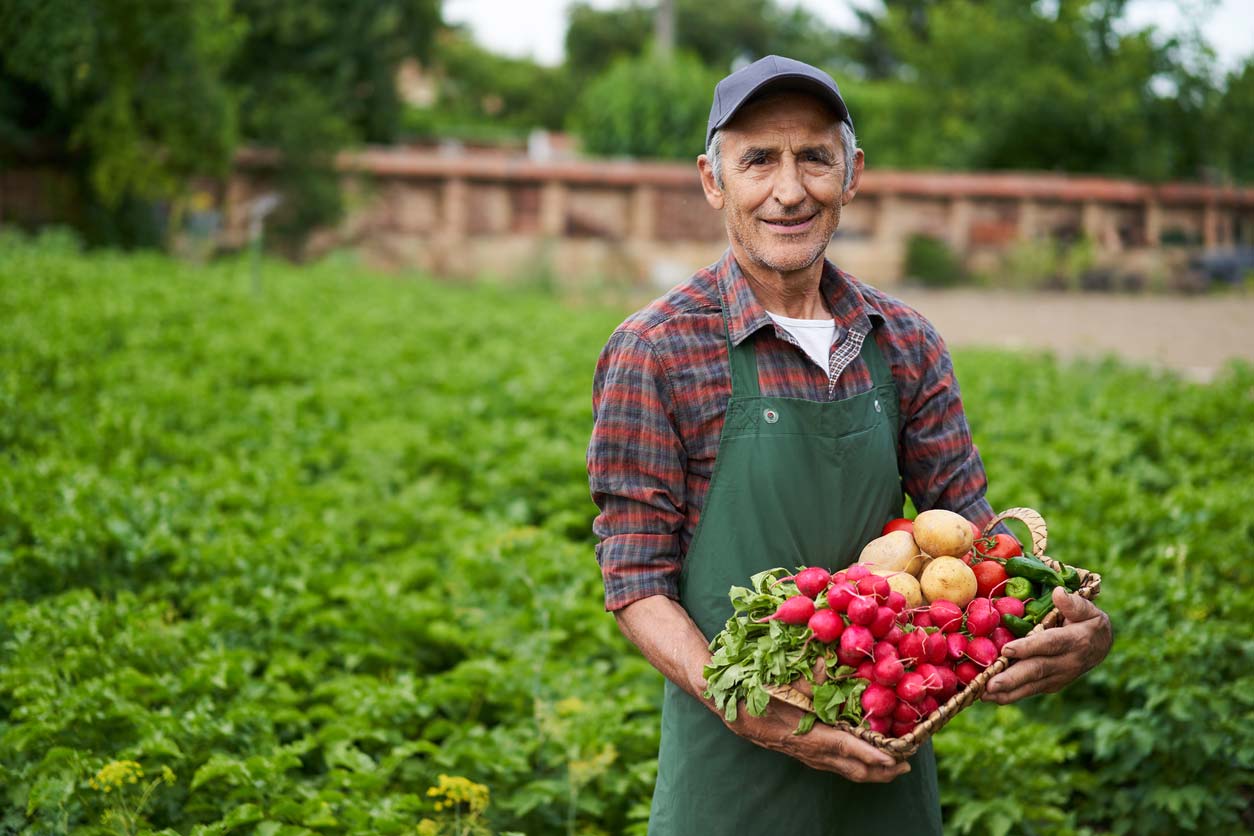
For Farmers
The CSA model has proven beneficial enough to grow into a movement. Farmers benefit in many ways.
1. Cash Flow for Farmers
For one thing, farmers might get paid early in the season, which helps with cash flow. They don’t need to take out risky loans to buy seed and amendments or to maintain, repair, and replace equipment and facilities. Since the money they receive isn’t only contingent on their results, they get the community to share the risks inherent in small-scale, local farming.
2. Getting to Know Customers & Community
By weaving together the community, the farmers also get to know the people who eat the food they grow. Beyond the warm feelings of social connection and gratitude, this also allows farmers to understand their market better, and thereby match their crop choices and commercial policies to consumer preferences.
For Consumers
As a consumer of a CSA, you benefit as least as much as farmers. Consumer benefits include:
1. Farm-Direct Produce
You get produce directly from a local farm, which makes it super-fresh, and often tastier and healthier than anything you can find in the supermarket or online delivery service.
2. Getting Creative with Produce
While less control over what you get might be a downside for some, it’s also a potential upside, as you may discover new fruits and vegetables that you might not have otherwise tried. If your kitchen routine is getting a little stale, then maybe a funny looking kabocha squash or bulb of kohlrabi is just what your inner Julia Child ordered.
3. Knowing Where Your Food Comes From
You also benefit from a close relationship with your local farms. You can meet the farmers and feel good knowing exactly where your food comes from — and where your money is going. Often, you can visit the farms and see for yourself if the workers receive fair treatment. And if the farm is following environmental practices that enhance, rather than degrade, the community where you live.
4. Relatively Inexpensive
And while the up-front investment might make you gulp a little (a typical summer share might cost a few hundred dollars), CSAs are often relatively inexpensive considering the amount, variety, and quality of produce you receive in a good year.
5. Don’t Have to Deal with Grocery Stores
It’s also a convenient way to get all your produce shopping done in one pickup. You don’t have to “gather” your produce from a large supermarket. Instead, just grab your box and bring it home. No need to worry about masks, long lines to get in or check out, or the potential dangers of indoor public spaces.
6. Better Access to Organic Produce
As an alternative to industrialized agriculture, CSAs and the organic food movement are intimately connected. While only around 27% of CSAs come from certified organic farms these days, most produce offered in CSAs is at least grown with some organic standards in place. Since many farms that offer CSAs are relatively small and membership dues help pay for seeds and plants, greenhouse expenses, equipment, labor, and other costs related to the workings of the farm, the only obstacle to becoming certified organic is often cost. Becoming USDA certified organic can cost between a few hundred to a few thousand dollars, depending on a number of factors. And if the farm makes less than $5,000 in annual sales, they don’t need the USDA certification to confirm their produce is organic. If you’re curious about a specific farm’s growing practices, check their CSA website or inquire directly with the farmers.
Cons of CSAs
Community-supported agriculture isn’t for everyone. While farmers can eliminate many of the risks of a poor growing season, they may miss out on the extra economic benefits of a bountiful year since the number of subscribers caps their income, rather than coming from the value of their harvest.
The downside for consumers is that you might be assuming some of the risk. If your farm has a tough season, then depending on the type of CSA program you’re subscribed to, you may not get all the produce you expected. Your harvest may be unpredictable or may consist of items you’re unfamiliar with, or just don’t like. If a particular crop is abundant, you’ll have to deal with that. Hope you like mizuna!
Since you get all your produce at once, you have to be good at either using it up or preserving it. You don’t want to get into the habit of filling your fridge with delicious local produce on Tuesday and then throwing out all the wilted local produce the next Monday to make room for your upcoming box. Also, some types of CSA have stricter requirements than others and won’t allow you to skip weeks if you go traveling, so you may have to find a friend to pick it up and eat all the veggies for you while you’re gone!
How to Find a CSA Near You
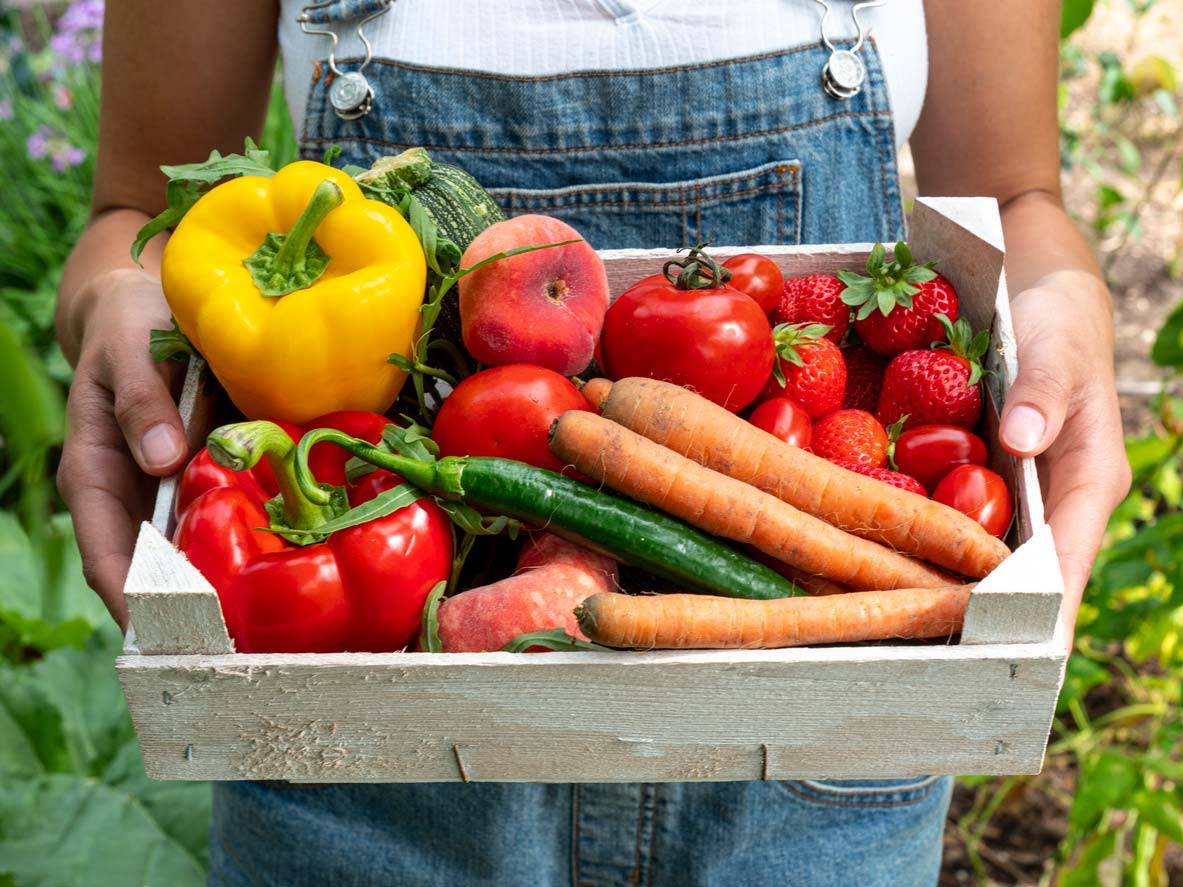
If you’re curious about getting started as a CSA member, you can ask local friends, or farmers at a farmers market, about any that they know about. You can also search the website Localharvest.org for CSAs near you; just input any city or zip-code in the USA and Canada. You can also try the USDA’s CSA Directory, where you can filter results by the type of products you want to receive and how you want to pay for your membership. In the UK, search Google for “produce boxes UK farms + [your county].” You can also contact local farms near you and ask if they offer a CSA or something like it. If you can’t find one, the next best thing might be a fresh produce box delivery service.
Farm Fresh CSA/Produce Box Recipes
Once you’ve brought some fresh and colorful fruits and veggies home from your chosen CSA, have some fun transforming them into savory salads, soups, and sauces with these simple and tasty Food Revolution Network recipes!
Fennel Dill Detox Salad
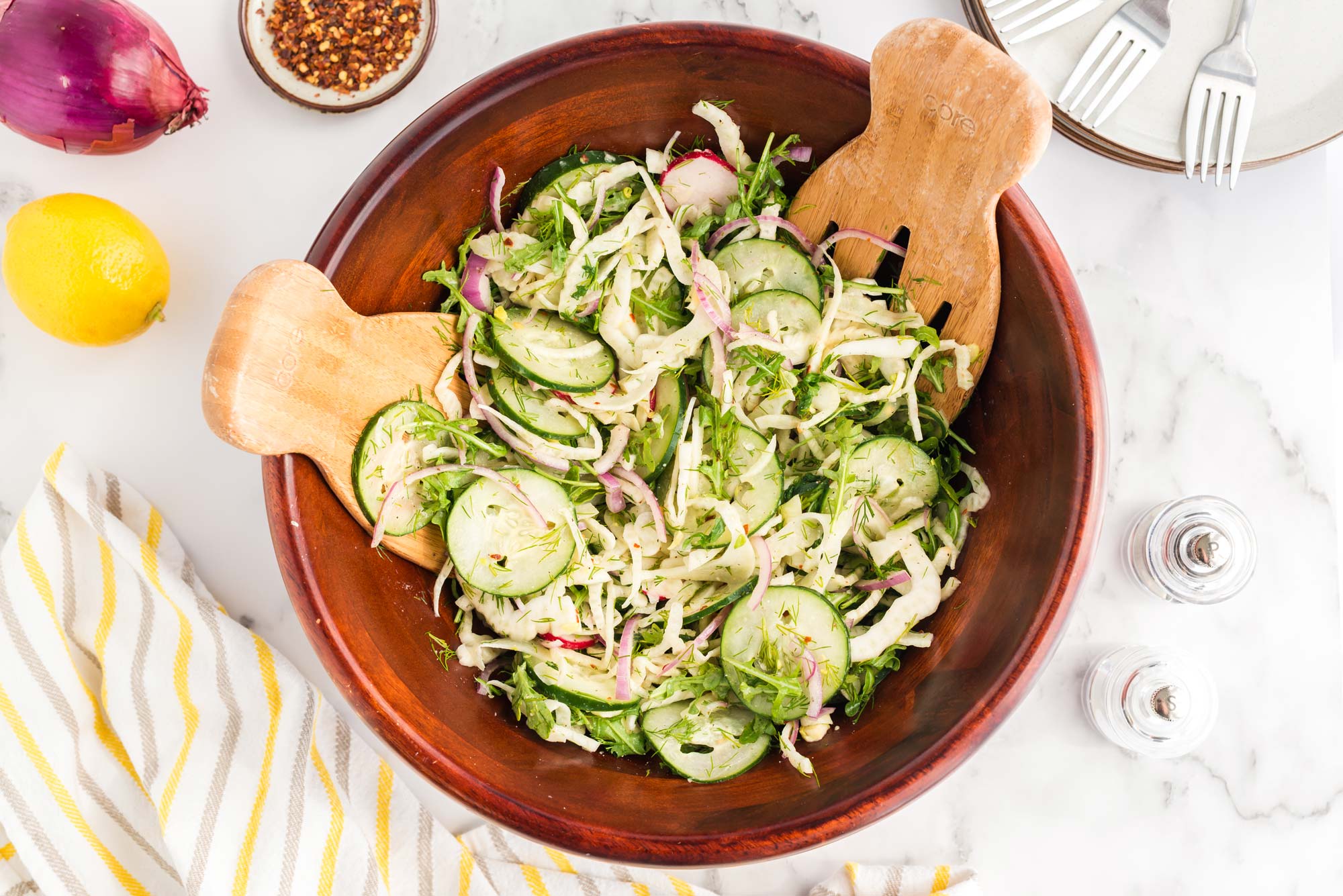
Fennel is high in antioxidants like vitamins C and A, has lots of fiber, and contains carminatives, which help to relax the stomach and stimulate digestive movement. Dill, cucumber, red onion, and lemon — all with immune-boosting properties — play co-starring roles. This is a light, healthy, and refreshing salad for a warm summer or fall evening.
Plant-Based Poke

This low- and environmentally-friendly version of poke (traditionally a raw seafood dish) allows you to use any fresh, local farmers market vegetables you have on hand. Enjoy on a sunny day as a topping for flaxseed crackers, inside lettuce wraps, or on top of watermelon radish slices.
Roasted Tomato Basil Soup
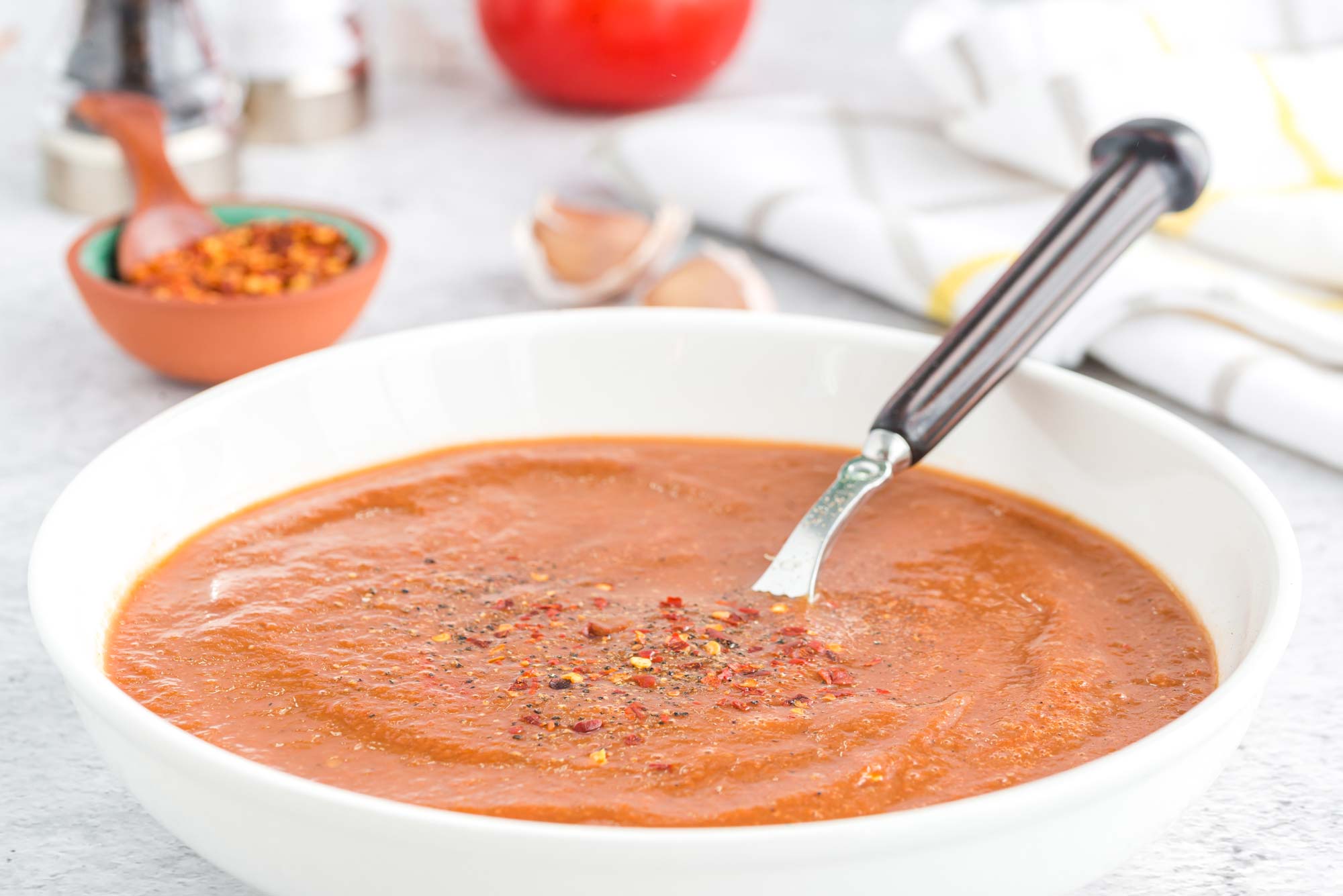
When it’s tomato season, hopefully, you’ll have plenty growing in your backyard, but if not, then look for them through your local CSA. Bookmark this soup for the late summer months. Or make extra soup to store in the freezer for up to three months until you’re ready to enjoy it. It’s great hot or cold!
Garlicky Cheesy Squash Bites

It would surprise us if summer squash and/or zucchini didn’t make an appearance in at least one of your CSA produce boxes. What better way to enjoy them than by turning them into a crispy, savory snack! If you don’t like sweet snacks, then these squash bites will do the trick!
Roasted Red Pepper Sauce

Transform your CSA peppers, tomatoes, onions, and basil into a creamy and “cheesy” Roasted Red Pepper Sauce that you can use on top of grain bowls, pasta, tacos, and grilled vegetables. Enjoy this vitamin-C rich sauce all season long to help keep away summer colds.
Consider Joining a CSA!
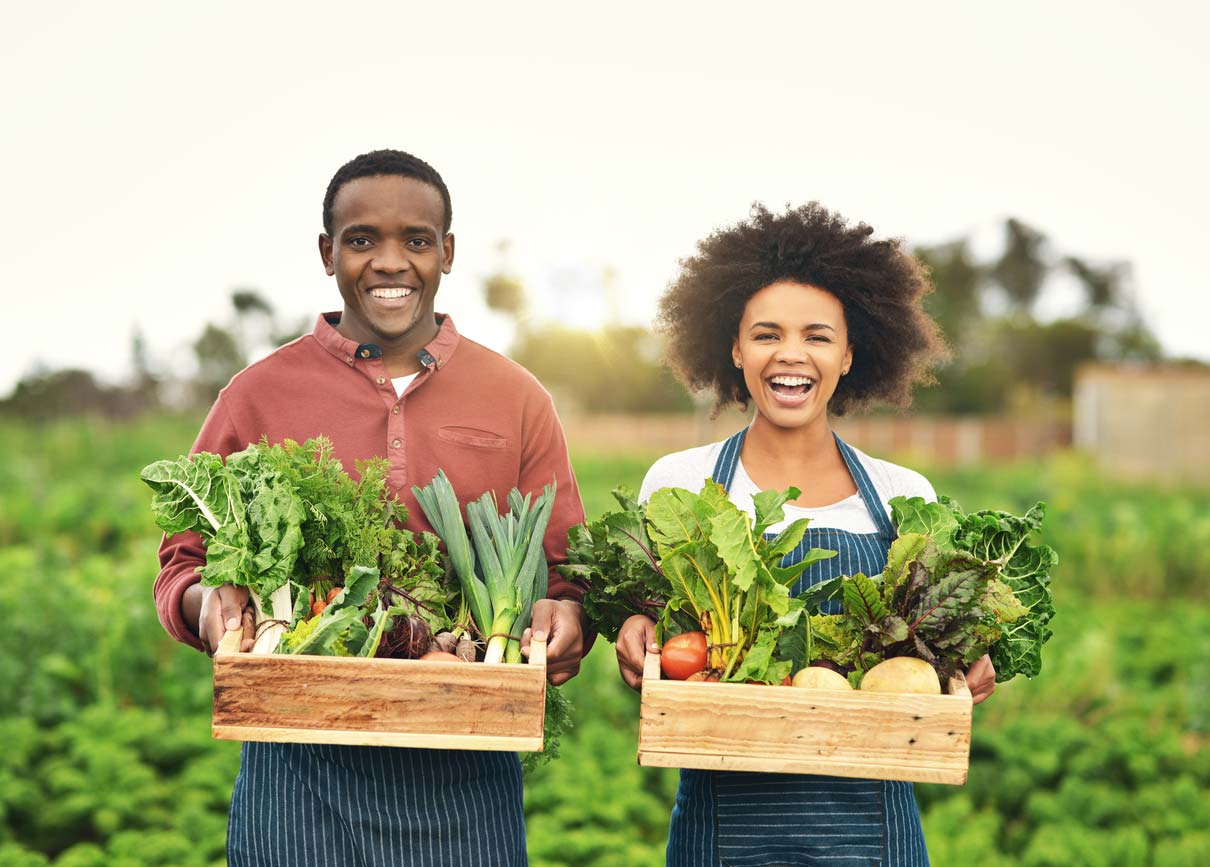
A CSA can be a fun, delicious, and cost-effective way to not only support local farms, but also, to get a variety of fresh fruit and vegetables into your diet. Now more than ever, with so many different models to choose from, and with greater appreciation of the value of local farms, it’s a terrific time to consider joining a local CSA. If the pros outweigh the cons for you, a CSA can play a wonderful supporting role in your healthy lifestyle, while also helping you to feel more connected to the local farms and farmers who are helping to feed your family.
Tell us in the comments:
- Do you belong to a CSA? What’s your experience been like?
- What’s your favorite locally grown fruit or vegetable?
- What fruit or vegetable do you eat only when it’s in season in your local area?
Featured image: iStock.com/Yesim Sahin
